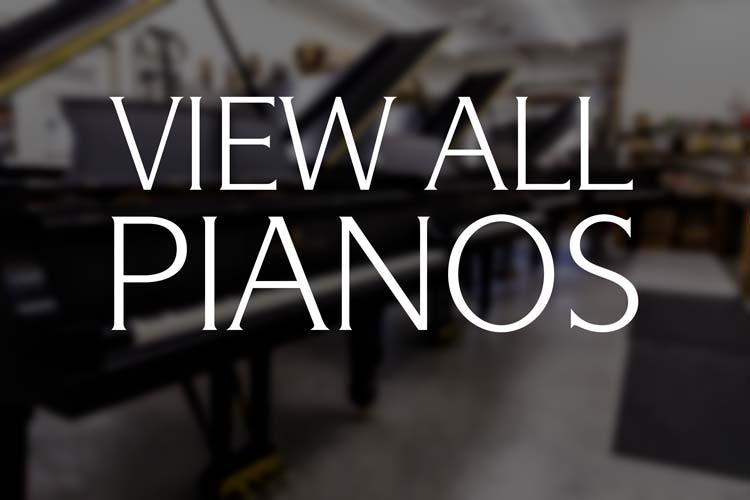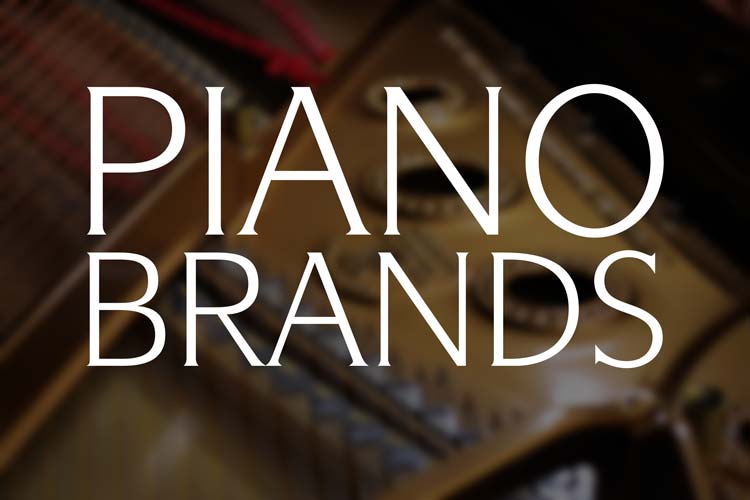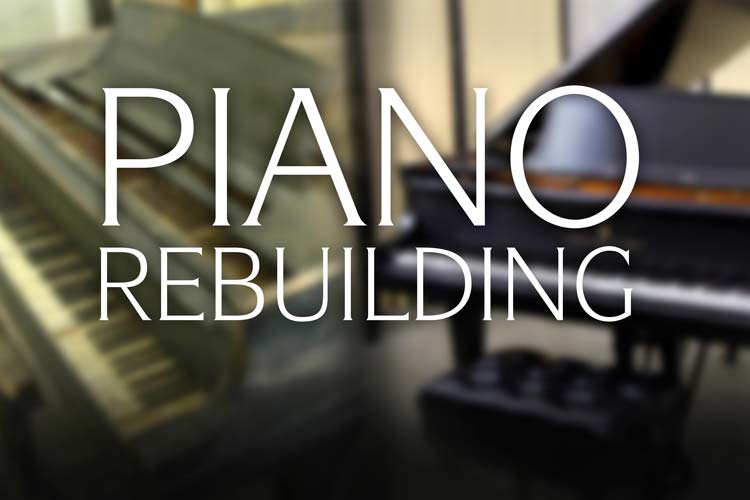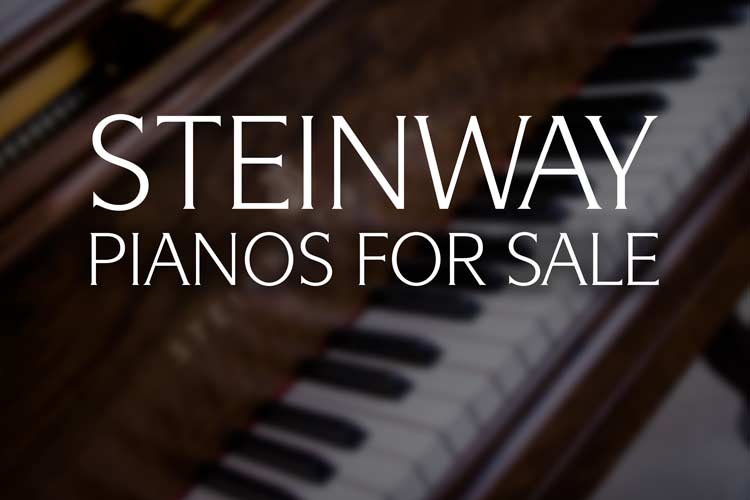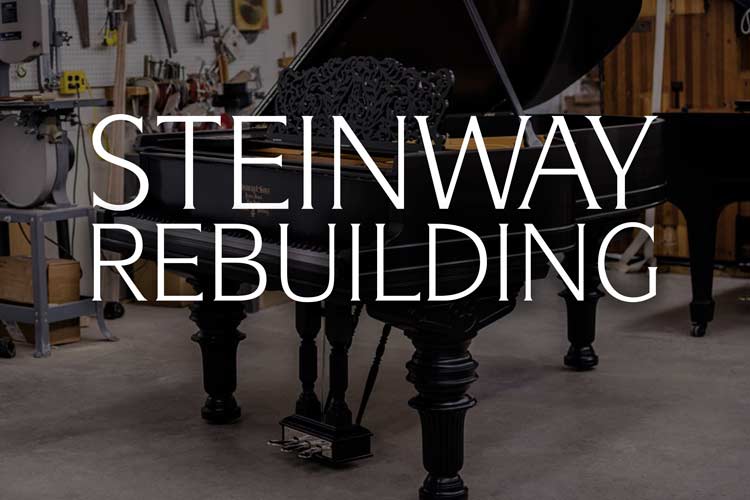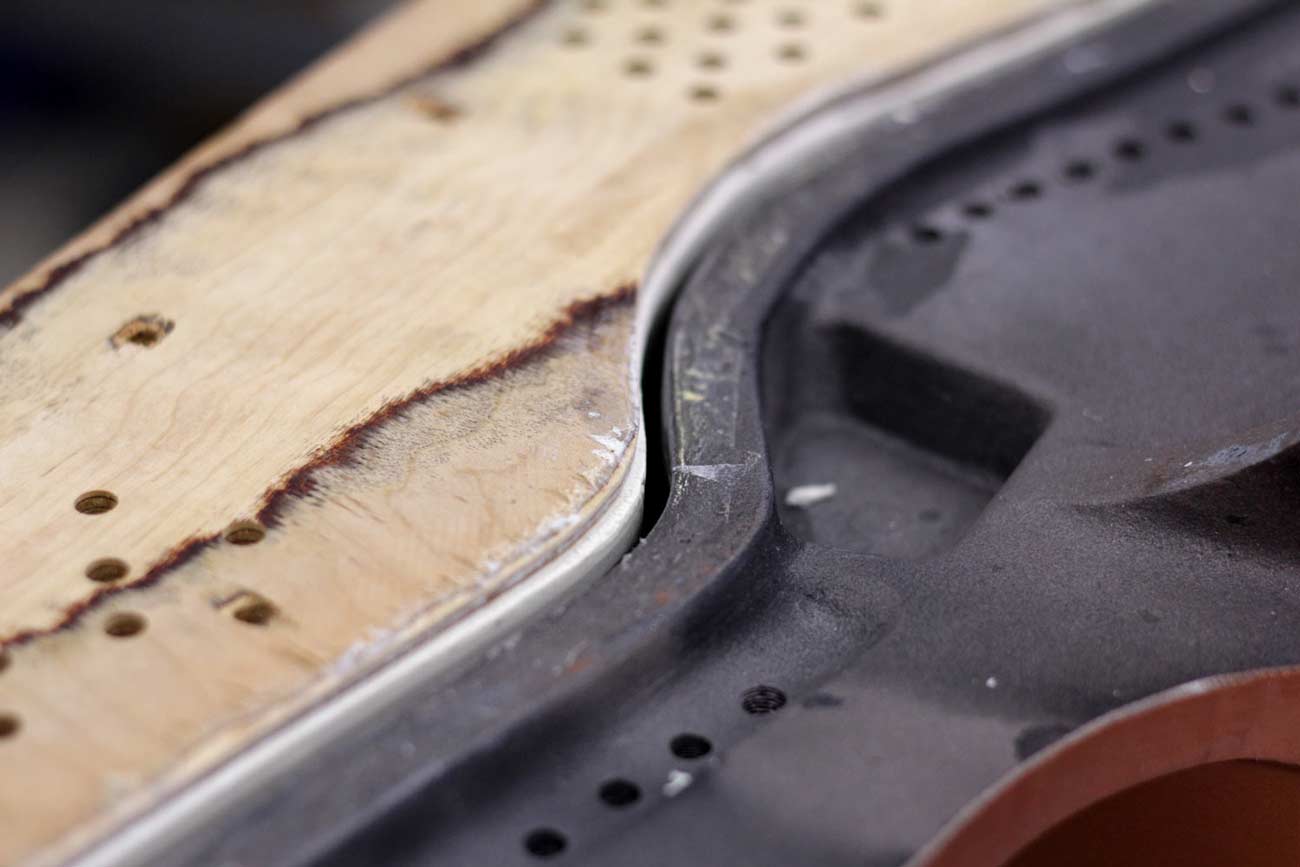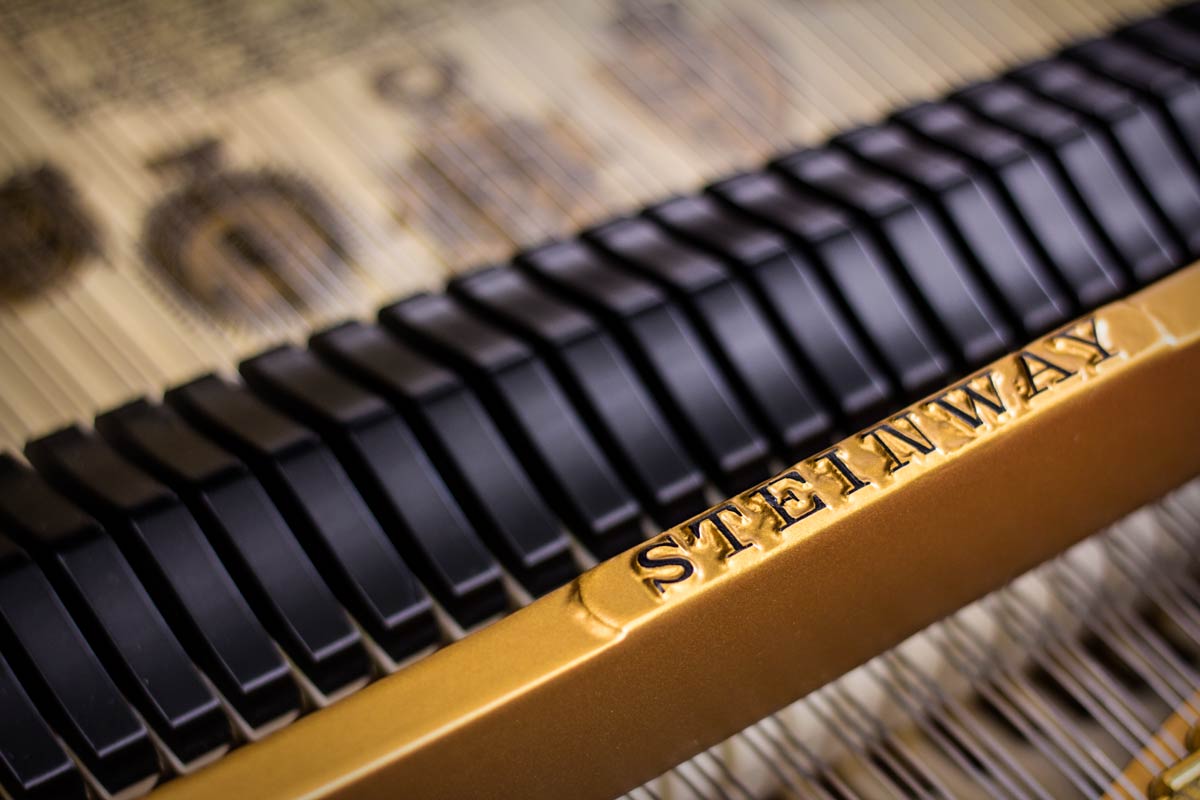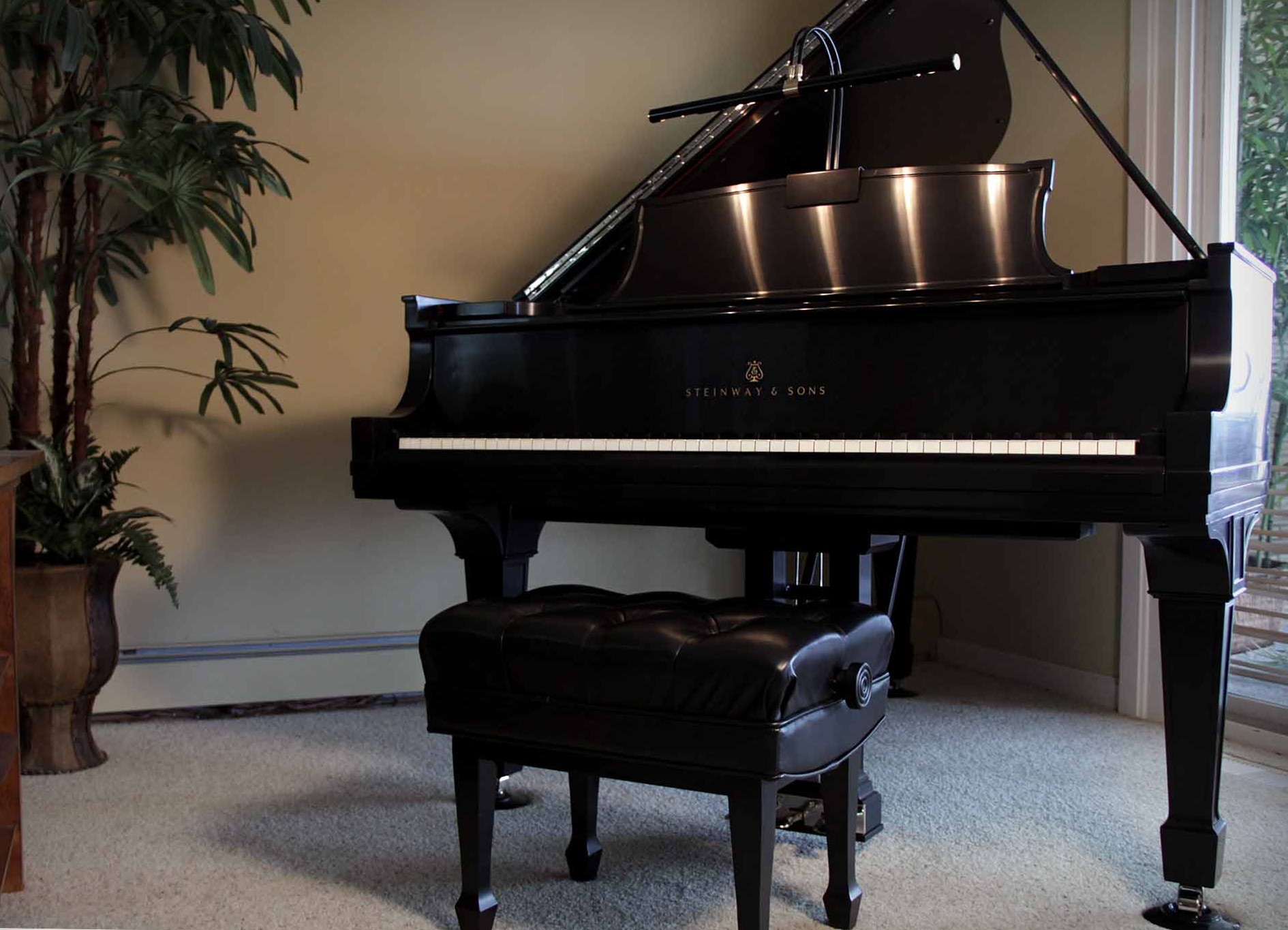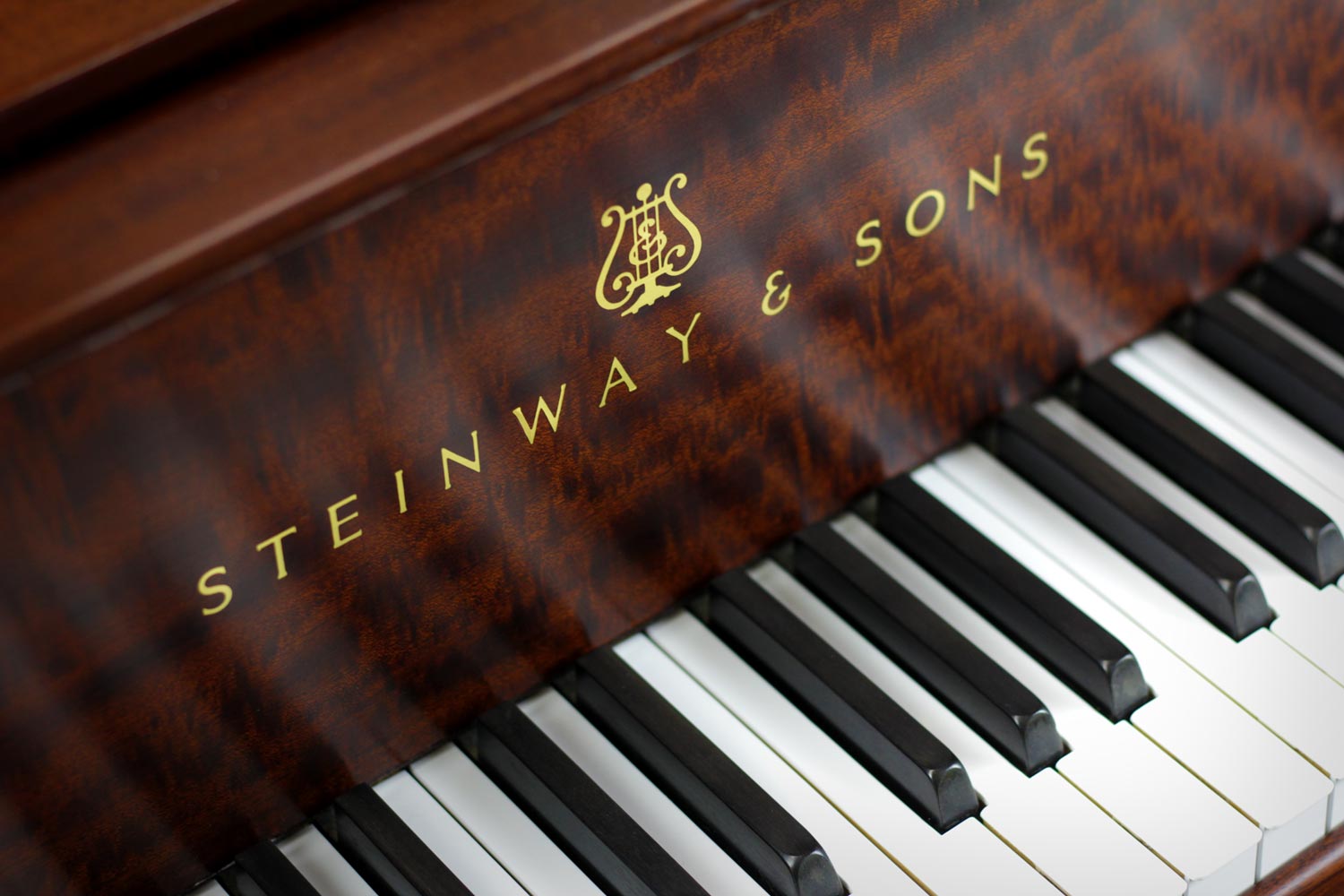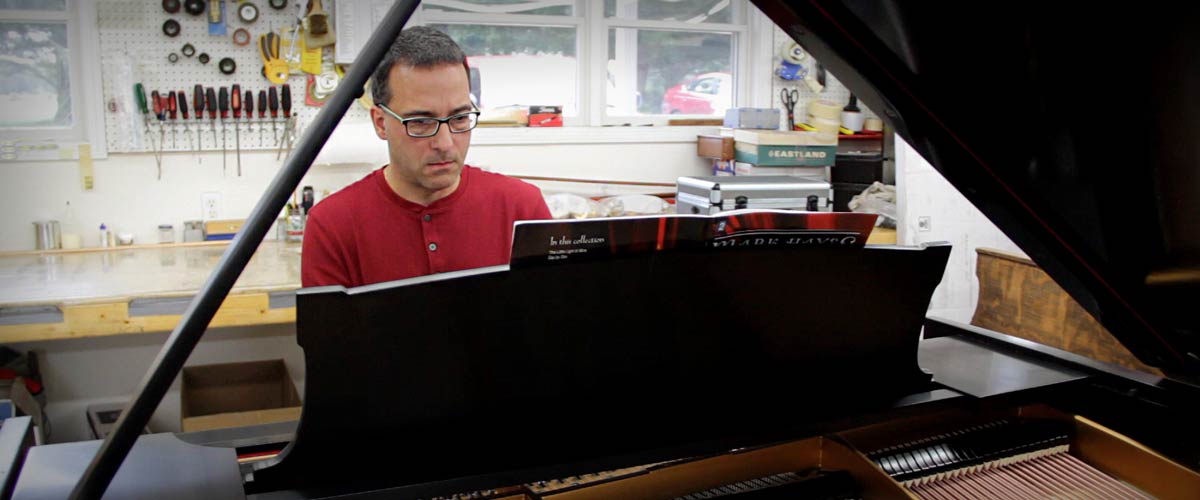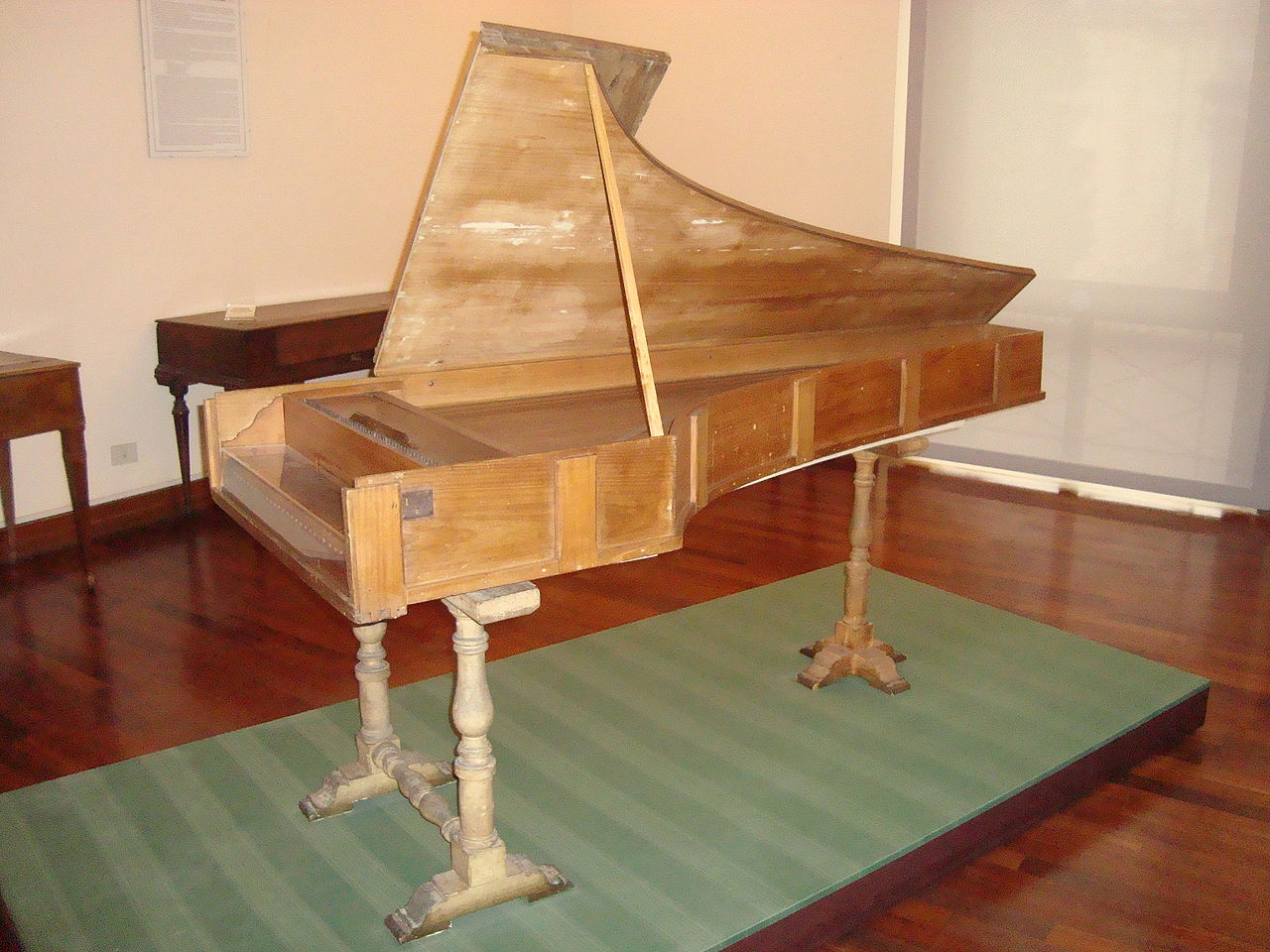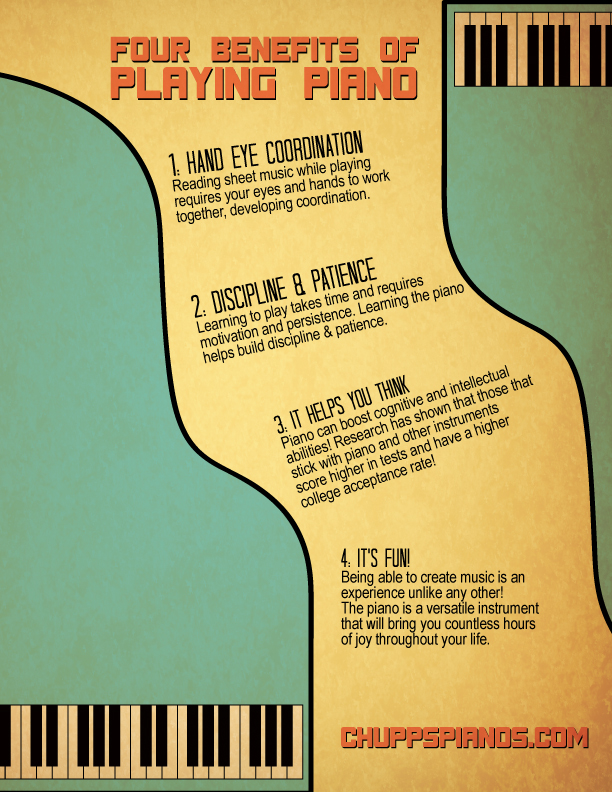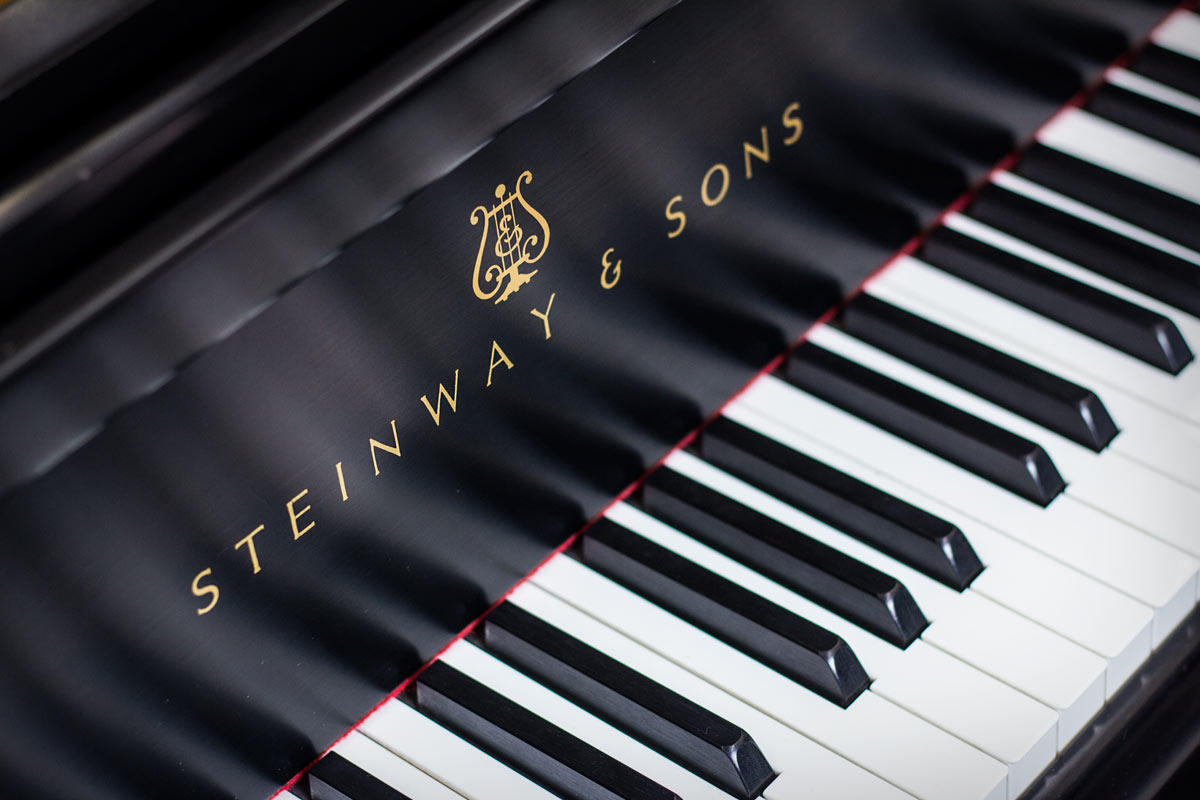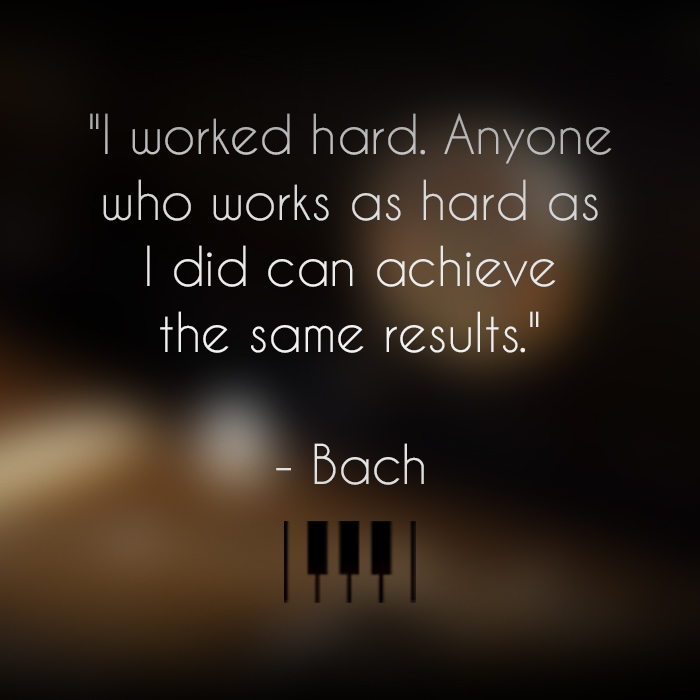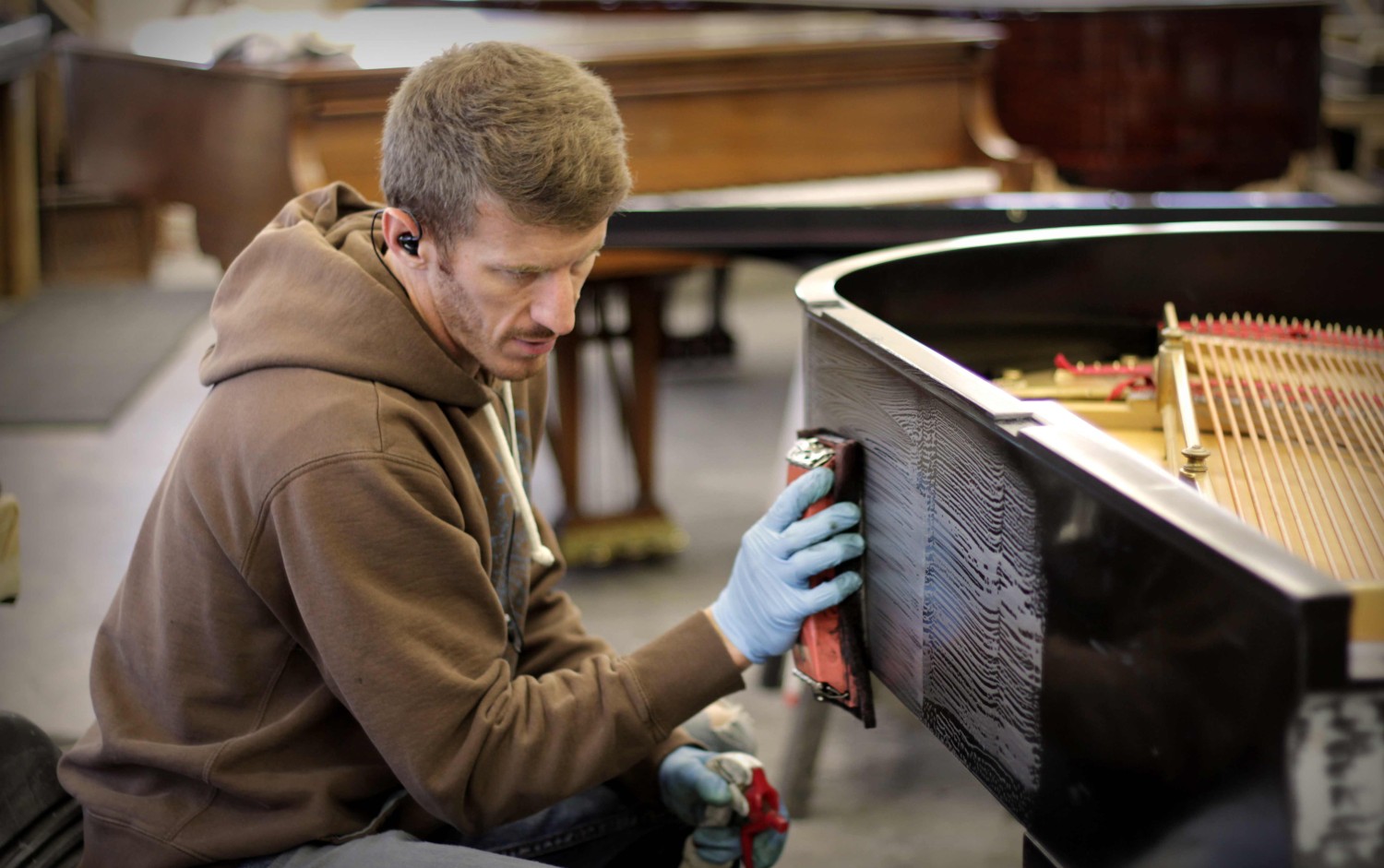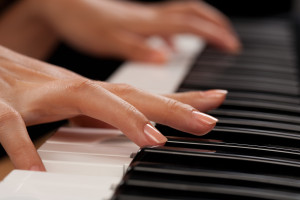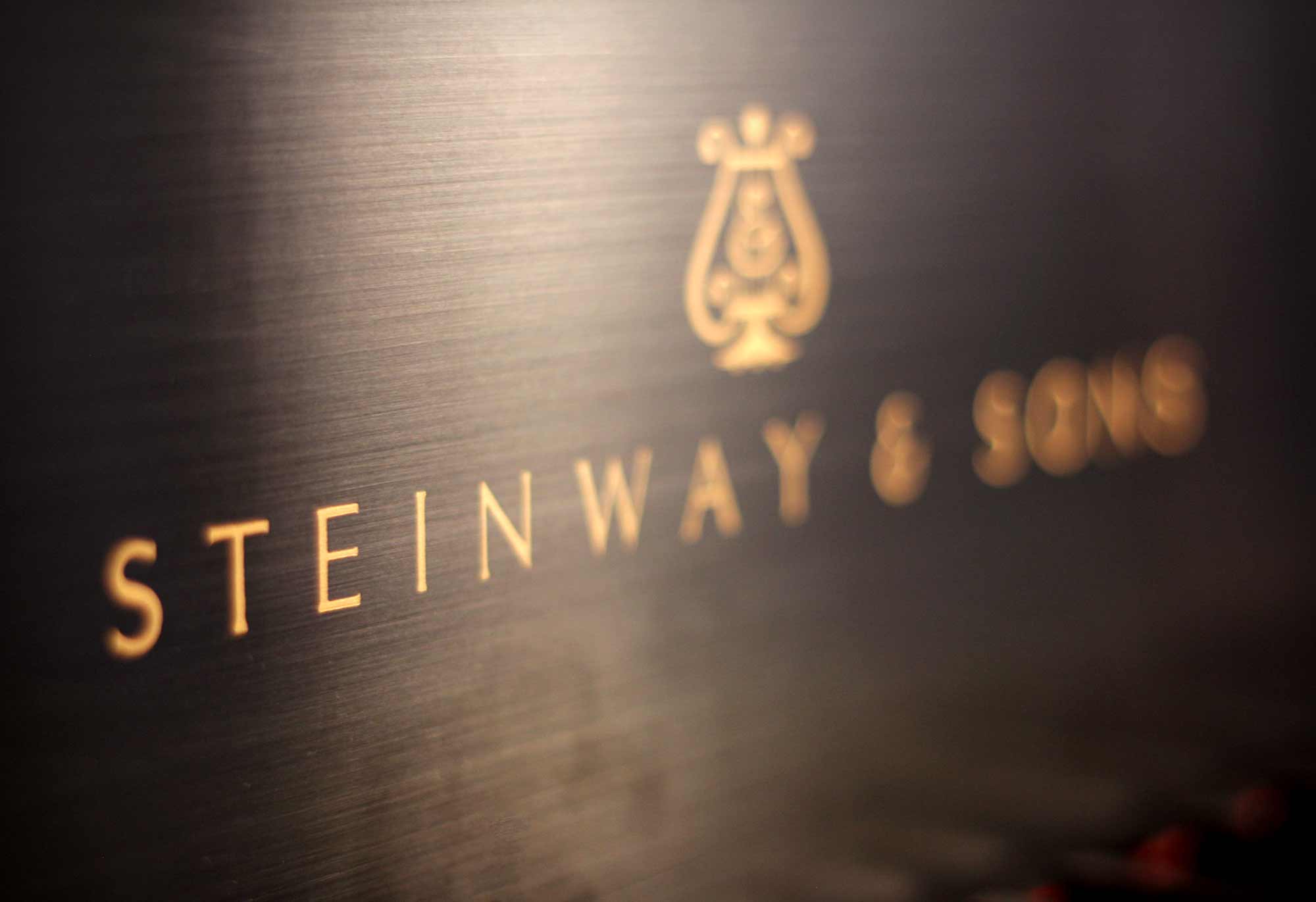Young Chang Pinblock Problems – How We Fix It
History of Steinway & Sons Pianos
Steinway & Sons | A Basic History
In the early part of the 20th century there were more than 300 piano manufacturers in the United States alone, churning pianos out of factories large and small at a rapid pace. A piano was THE luxury item that everyone wanted in their home. If you didn't have one already you wanted one and if you had one, you probably wanted to upgrade to a better one. Today, few of these companies remain in business, victims of changing taste and economic swings. However Steinway & Sons continues on. The Steinway name is everywhere. From the cabinets of living room baby grand pianos to the foremost concert venues in the world, the mention of Steinway still commands a deep respect for the instruments and the music artists create with them. Here is a basic history of this famed business.The Founding of Steinway:
The company was founded on March 5, 1853 by Henry Engelhard Steinway. An immigrant from Germany, he had already built 482 pianos by the time he founded the new company in New York, New York. His first Steinway & Sons piano sold to a local family for the price of five hundred dollars. The company grew rapidly. So rapidly that within a year he moved the business to a larger facility on Walker Street. By the 1860s a new factory housed the piano manufacturing and a workforce of 350 were producing over 1,800 pianos a year. In the early days of Steinway, new ideas and innovation were key to their success. The famed duplex scale, overstrung bass strings and many other industry changing designs were developed during this time. The Steinway piano did battle against other popular brands during this time, including Mason & Hamlin, Chickering and Sons and more. The company secured many awards at various trade fairs, which bolstered the reputation of the instruments. The Steinway name had been cemented as one linked to quality and new ideas.Expansion and the World War: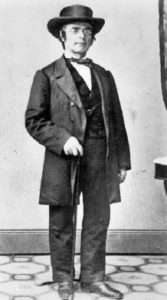
It was clear at that point that Steinway pianos were there to stay and the company continued to push through rapid growth. To reach the European market, William Steinway and C.F. Theodore Steinway built a factory in Hamburg, Germany in the year 1880. Hamburg Steinway Pianos share many of the same innovations and techniques as their New York brothers, and designers share ideas between the two factories. However there are differences that make these instruments unique and sometimes preferred by artists. Speaking of artists, in the early 1870s the Steinway artists program was born. This program where pianists are supplied the best Steinway & Sons pianos is a useful promotion for both the company and the artist themselves. (Other companies have utilized the same formula, but Steinway has had the most success by far.)
Chupp’s Restores Steinway Piano for Cheyenne Civic Center
Cheyenne Civic Center's Piano Ready for Upcoming Shows:
Recently Chupp's Pianos restored a Steinway & Sons Model D Concert Grand Piano for the Cheyenne Civic Center. The piano was carefully rebuilt and regulated by our expert piano technicians to bring back the iconic Steinway tone we all know and love. Tim Chupp recently traveled out to Cheyenne, Wyoming to make some finishing touches to the instrument in its new home. Attached below is a photo of the instrument sitting on the concert venue's beautiful stage.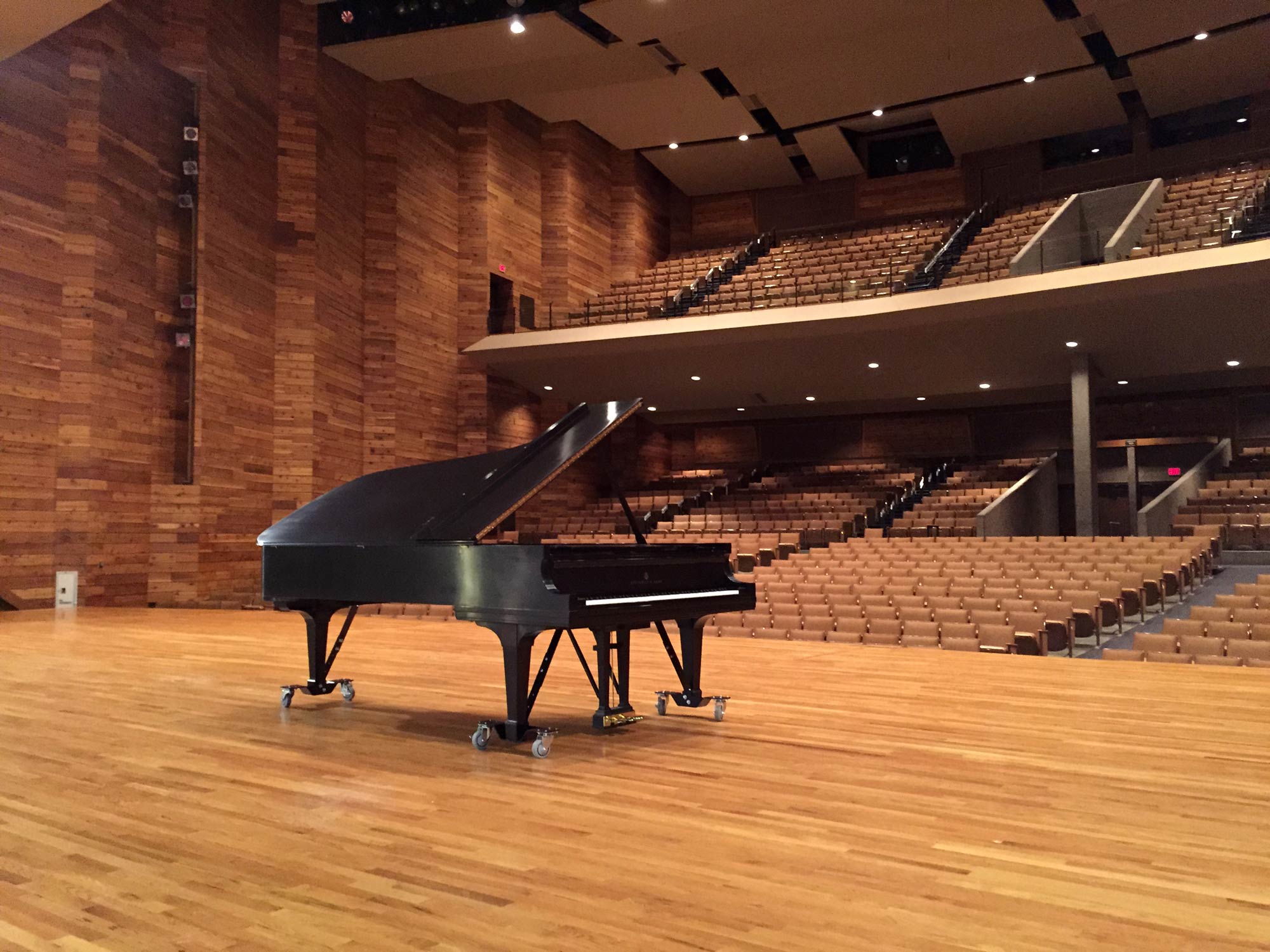
Should I buy an Upright or Grand Piano?
Which style of piano is right for you?
Upright vs. Grand piano, that is the question. Or at least one question that we hear often. Buying an instrument, especially one as large as a piano is a decision that shouldn’t be made in a snap. And deciding which style of piano to go with is one of the first steps in choosing the instrument that is right for you and your lifestyle. The last thing you want is to run out and buy an instrument that simply will not work with what you need and where you live. So here are a few things to look at when deciding which direction to go.…
The History of the Piano | The King of Instruments
The History of the Piano
The piano is one of, if not the most popular instrument in the world. Millions have been introduced to music through piano lessons and the mention of the name ‘Steinway’ still invokes a feeling of class and grandeur. The piano has come in all shapes and sizes over its long and varied history. But the piano didn't begin as the 'king of instruments', it had to start somewhere!The Origin of the Instrument
In the early 1700s a harpsichord maker by the name of Bartolomeo di Franceso Cristofori developed the first piano. A well respected Italian craftsman and inventor, he worked for Prince Ferdinando de Medici. His first ‘gravicembalo col piano e forte’ was exhibited in Florence in 1709. The advantage his instrument had over the similar harpsichord was the ability for the musician to vary the volume. A harpsichord could not play notes at different levels of sound, due to the way the strings were plucked. The piano with its hammers on the other hand, could. A few of his instruments have survived and one of his early creations is currently in the Metropolitan Museum of Art in New York. (In playable condition.)Dr. Eric Tucker talks about his Steinway Model O Grand
Professor Selects Steinway Grand from Chupp's Pianos
Recently, Dr. Eric Tucker from Central Michigan University purchased a restored Steinway & Sons Model O Grand Piano from us. Dr. Tucker serves as the Professor of Voice and Opera, serves as the Coordinator of the Vocal/Choral area, teaches Vocal Techniques and directs the Opera program as well as Applied Voice. He was kind enough to record a testimonial video explaining why he chose Chupp's Pianos' services.What Did the First Piano Sound Like?
LISTEN: The Earliest Known Piano in Existence:
In the early 1700s, Bartolomeo Cristofori invented what would become the 'king of instruments', the piano. The early pianos were a vast improvement over their immediate predecessors the harpsichord. The pianos had a wider range and the hammers hit the strings instead of plucking them, allowing the musician to vary the volume of their notes. (An obvious plus.) But what did the first piano sound like? The early pianos sounded quite different from the modern instruments that we know today. The early pianos lacked a metal plate, were quite light and lacked the range of pianos today. One good way to describe the sound they produced, is that they sounded like a mix between the earlier harpsichords and a modern piano. The Cristofori Piano that resides in the Metropolitan Museum of Art in New York has been restored to playable condition.Piano Care: Cleaning your Piano Keys
Cleaning your Piano Keys:
There are 88 piano keys on a standard grand piano. Each one of those keys are covered by a piece of plastic or ivory called a keytop. Although some notes may get more of a workout then others, they all can use a good cleaning now and than. But what is the best way to remove the dirt, grime and oil that can accumulate? The first thing you will need to do is determine what material your piano keys are made out of. Due to the ban on the use of newly harvested ivory, the vast majority of pianos played and manufactured today have some type of plastic or high quality simulated ivory keytop. Although the feel of ivory is not always fully duplicated, they are usually more durable and easier to clean. If your keytops are plastic, use a clean white cloth with a bit of mild soap or key cleaner to remove the grime. After applying the cleaning solution to the cloth itself, wipe the keys down with a back to front motion, not side to side. Clean a few keys at a time and then dry with another cloth. Be careful not to use a colored cloth as the color could bleed onto the keys. Be sure to also take care to not get the cleaning solution on the wooden piano keys themselves. The wood can absorb the moisture, causing swelling or separation.Is My Piano Worth Restoring?
Does Your Piano Need Work? | Three Things to Check
"Should I get my piano worked on? It sounds OK as it is I guess. Is my piano worth the work?"
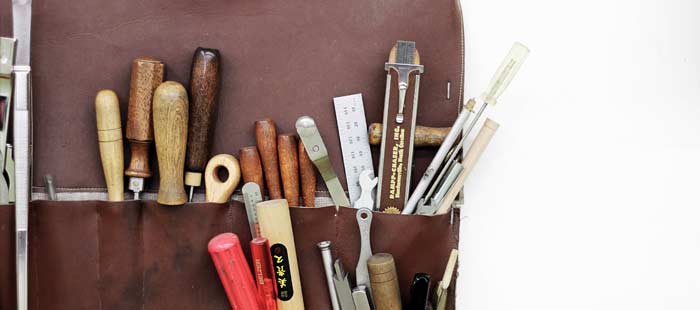 These are questions technicians often hear from piano owners. Why spend the money and time to get your instrument worked on if nothing is terribly 'broken?' In some cases that is true. When attempting to decide whether it is worth the investment, we ask:
These are questions technicians often hear from piano owners. Why spend the money and time to get your instrument worked on if nothing is terribly 'broken?' In some cases that is true. When attempting to decide whether it is worth the investment, we ask:
- What is the brand name? (A lower quality brand usually isn't worth the work.)
- What is the type? (An upright restoration isn't as likely to be cost effective as a grand.)
- How old is it? (A 110 year old piano is probably going to need more work than one 10 years off the line. The brand and size of the piano dictate whether it is cost effective or not.)
1: The Tuning
This is one of the basics, although it is surprising how often it is ignored. A piano that is out of tune is obviously not at its full potential. You may get used to an out-of-tune sound, however you will not be getting the best your instrument can offer. A regular tuning is essential to keep your instrument in good working order and sounding like it should. The pins in the pinblock can also become loose, preventing the piano from being in tune. Here at Chupp's we recommend tuning your home piano twice every year, although this could change, depending on the environment. A concert piano should have a 'touch up' by a trained concert tuner before every performance. A regular tuning can indicate how much care the piano has received - as a qualified technician can examine the instrument when he visits it to tune.

